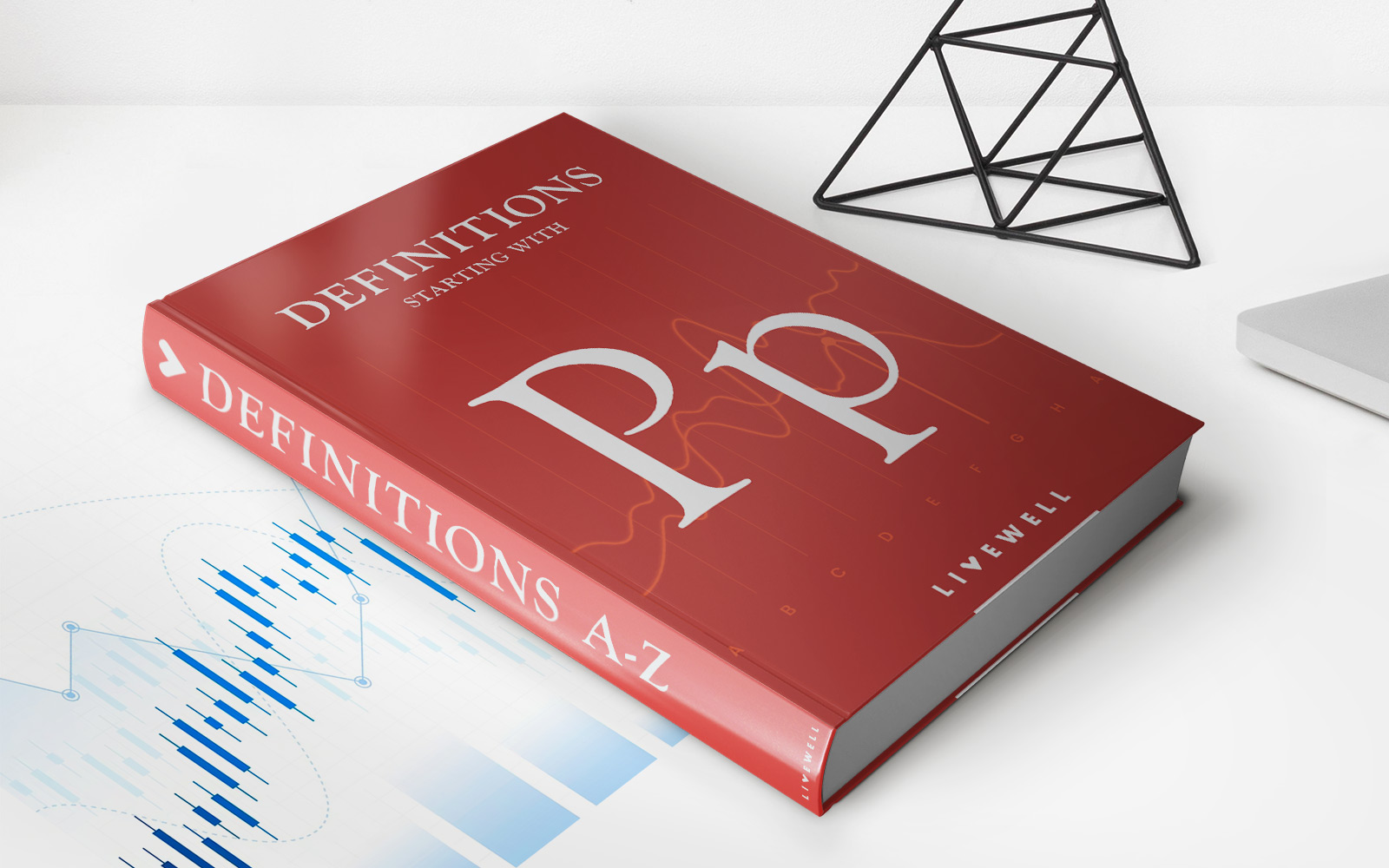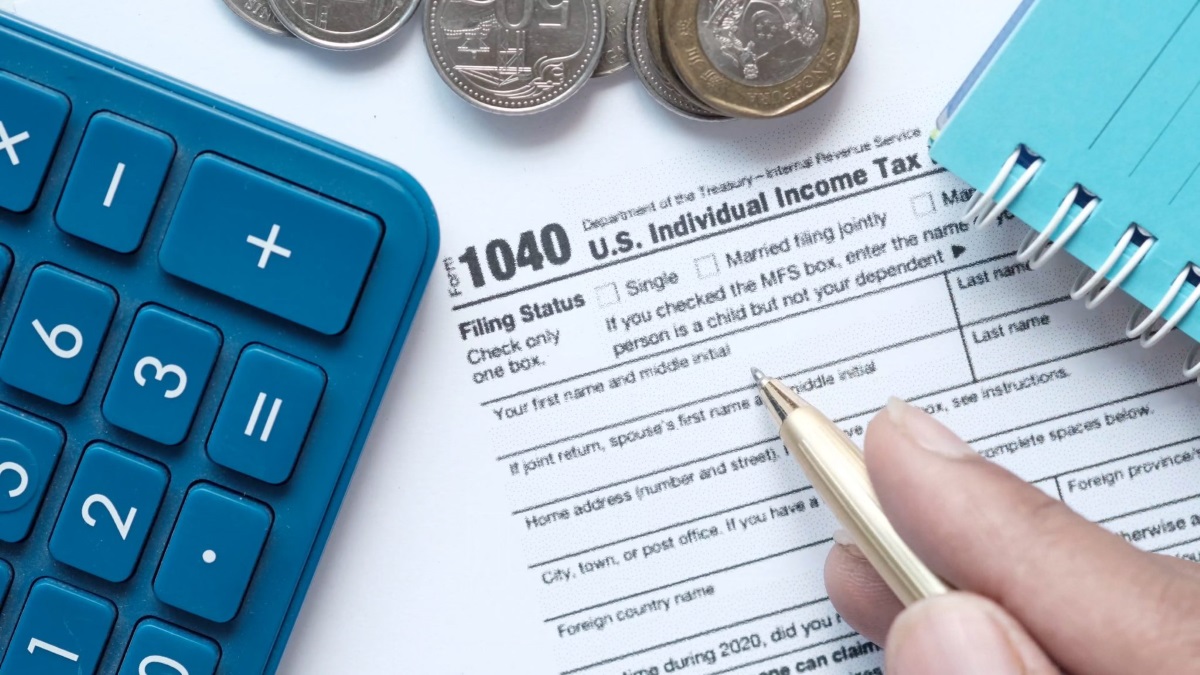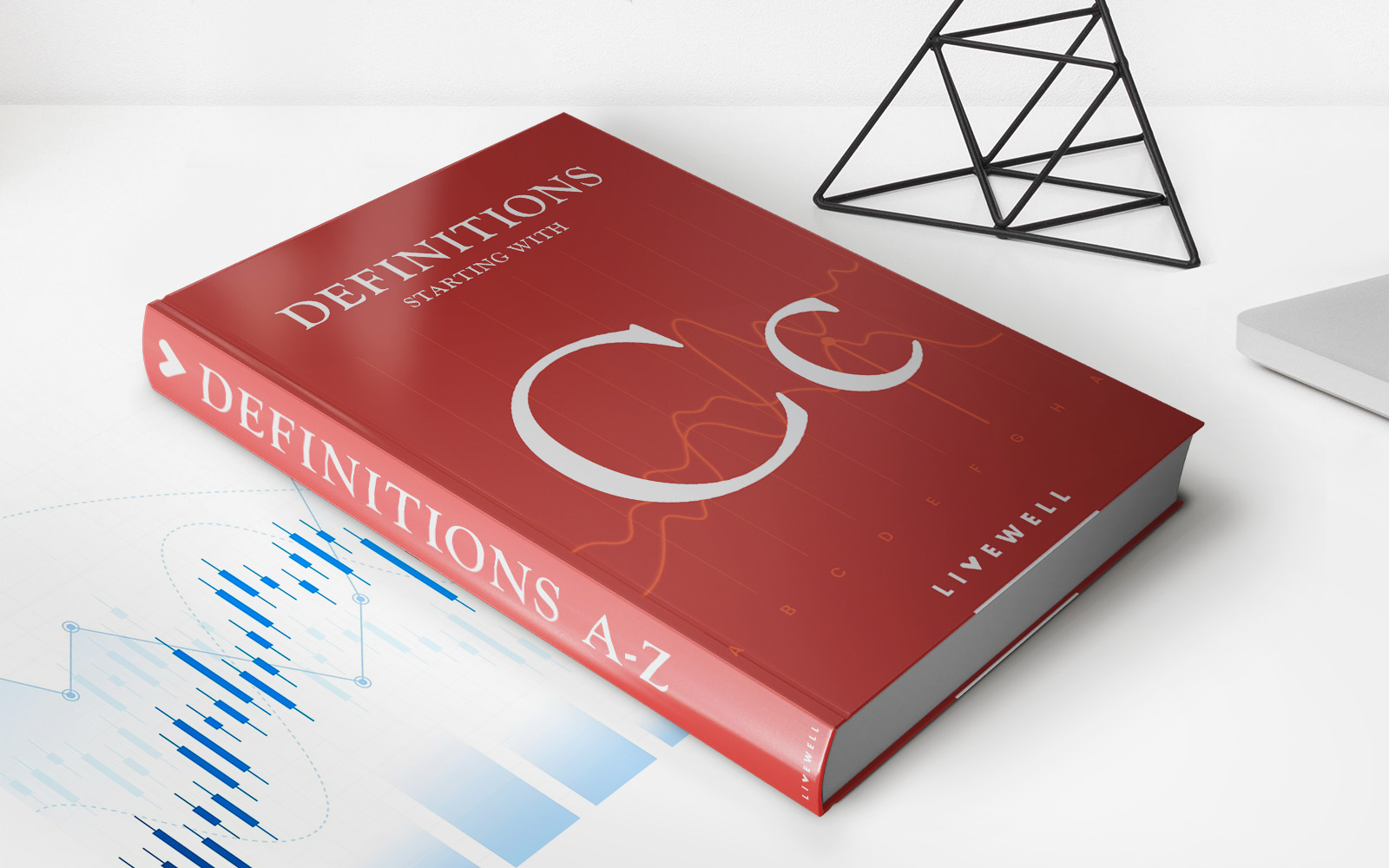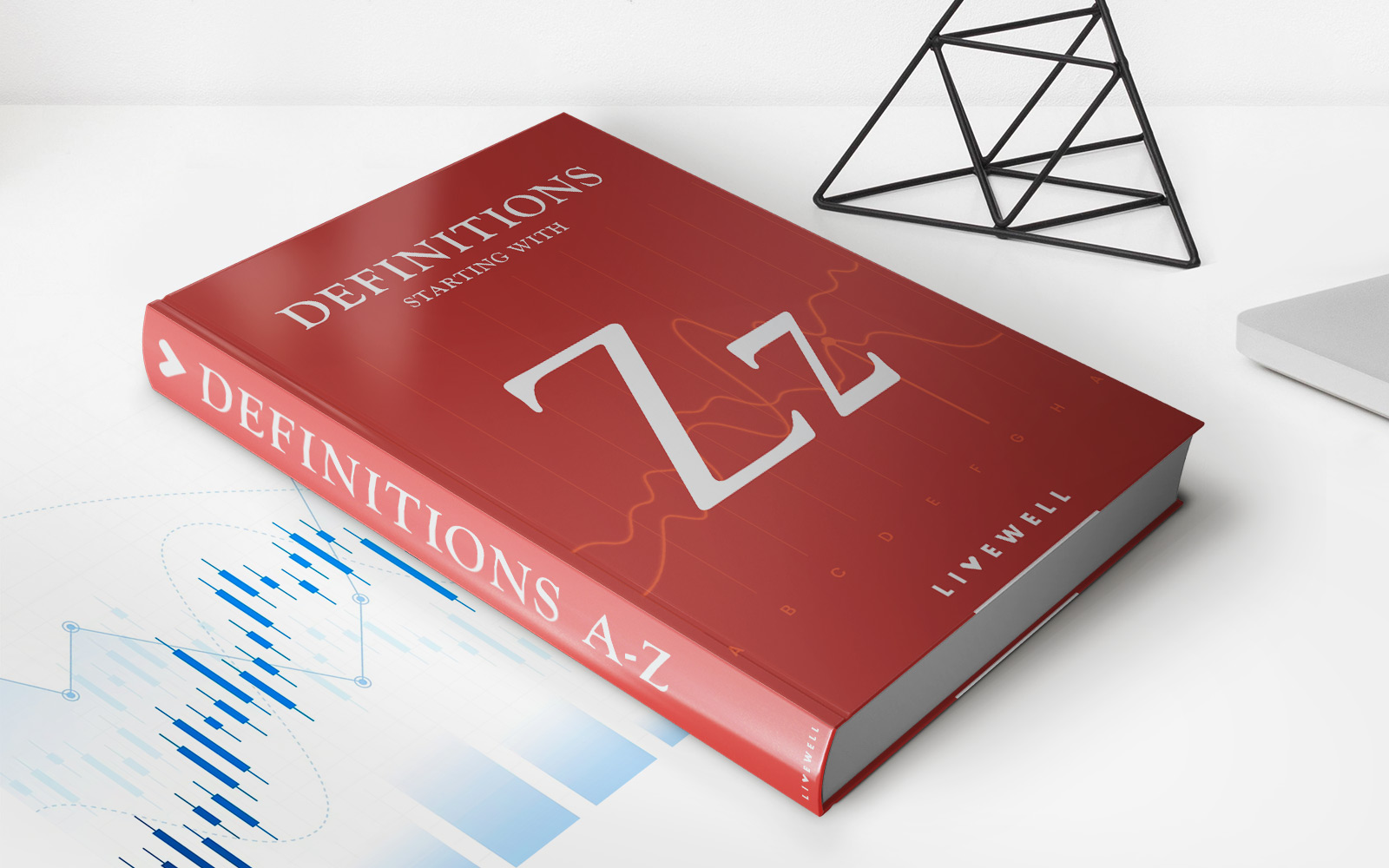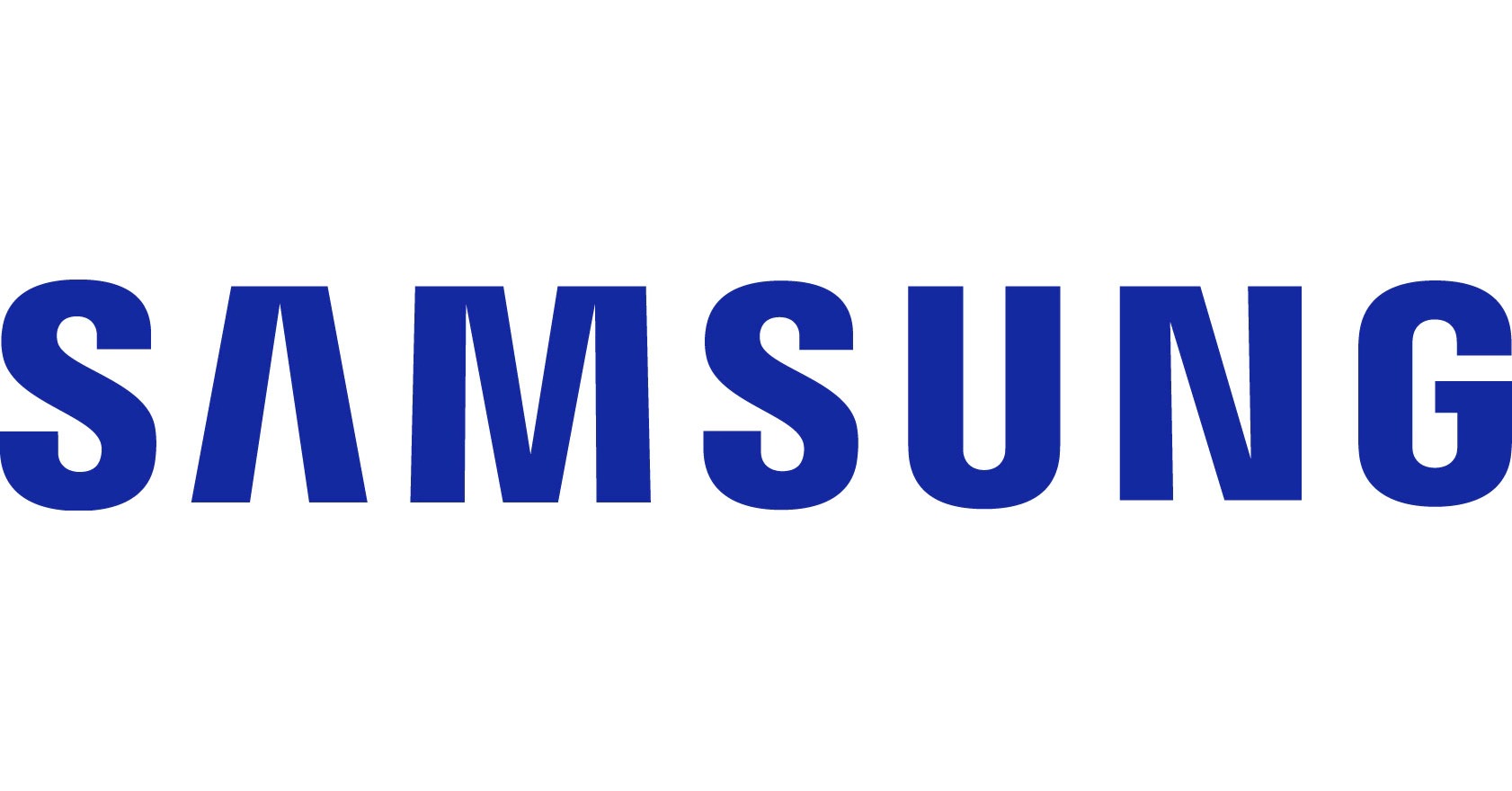Home>Finance>Paid-Up Additional Insurance: Definition And The Role Of Dividends
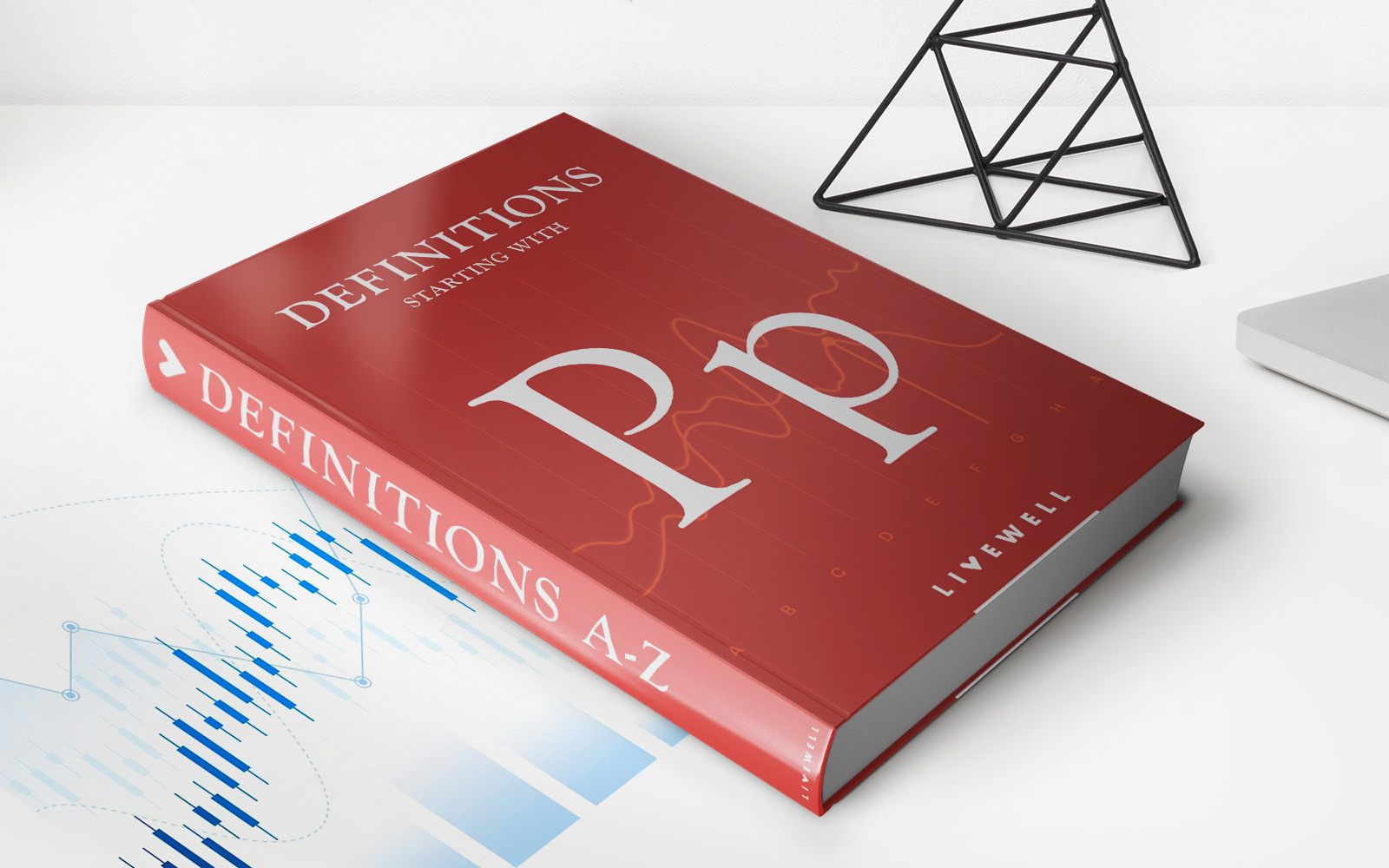

Finance
Paid-Up Additional Insurance: Definition And The Role Of Dividends
Modified: February 21, 2024
Discover the definition and benefits of Paid-Up Additional Insurance in finance. Learn how dividends play a crucial role in optimizing your insurance policy.
(Many of the links in this article redirect to a specific reviewed product. Your purchase of these products through affiliate links helps to generate commission for LiveWell, at no extra cost. Learn more)
Understanding Paid-Up Additional Insurance and the Role of Dividends
Are you looking to bolster your financial security and protect your loved ones’ future? In the realm of finance, one option that may pique your interest is Paid-Up Additional Insurance. In this article, we’ll delve into the definition of Paid-Up Additional Insurance and shed light on the crucial role dividends play in this type of policy.
Key Takeaways:
- Paid-Up Additional Insurance provides a way to increase the death benefit and cash value of a permanent life insurance policy.
- Dividends are surplus funds that insurance companies may distribute to policyholders who have participating policies, including Paid-Up Additional Insurance.
Before we dive deeper into the topic, let’s start with the basics. Paid-Up Additional Insurance (PUA) refers to an option available in some permanent life insurance policies, such as whole life or universal life. It allows policyholders to purchase additional coverage without going through the underwriting process again. The premiums paid for PUAs are added to the cash value of the policy, which in turn increases the policy’s death benefit.
Now let’s address the role of dividends in Paid-Up Additional Insurance. Dividends are surplus funds that can be distributed by insurance companies to their participating policyholders. These dividends are typically derived from the profits the insurance company generates from its operations. Policyholders who have participating policies, including those with Paid-Up Additional Insurance, are eligible to receive these dividends.
The dividends received from the insurance company can be utilized in several ways, one of which is the purchase of Paid-Up Additional Insurance. By using these dividends, policyholders have the option to enhance the coverage of their existing policy, boosting its cash value and death benefit. This can provide a significant advantage, particularly for individuals who want to maximize their life insurance protection without increasing their premiums.
It’s important to note that dividends are not guaranteed, as they are based on the performance of the insurance company. Factors such as claims experience, investment returns, and operating expenses can influence the amount of dividends paid out. However, reputable insurance companies have a strong track record of consistently paying dividends to their policyholders.
There are a few key benefits to consider when it comes to Paid-Up Additional Insurance and the role of dividends:
- Increased death benefit: By utilizing dividends to purchase Paid-Up Additional Insurance, policyholders can boost their policy’s death benefit. This means that their loved ones will receive a larger sum of money when they pass away, providing them with greater financial protection.
- Enhanced cash value: The dividends used to purchase Paid-Up Additional Insurance also contribute to the policy’s cash value. Over time, this can lead to substantial growth in the cash value component, which can offer financial flexibility and serve as a valuable asset.
In conclusion, Paid-Up Additional Insurance provides an effective way to expand the coverage and value of a permanent life insurance policy. Dividends play a pivotal role in this type of insurance, enabling policyholders to leverage surplus funds to enhance their policy’s death benefit and cash value. If you’re considering life insurance options, it’s worth exploring the possibilities that Paid-Up Additional Insurance and its associated dividends can offer.



